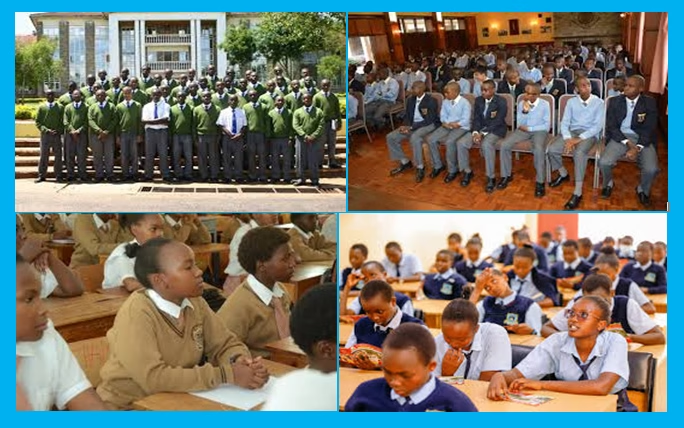President Uhuru Kenyatta has challenged African labour organizations to play a leading role in the ongoing efforts towards the full integration of the continent.
The President asked the leadership of the labour organizations to help build bridges of unity and pan-Africanism, saying that is the surest path to national and continental peace and prosperity.
“As we usher in the African Continental Free Trade Area (AfCFTA) under the auspices of the African Union, we must begin laying the groundwork for even closer cooperation and integration in Africa,” the President said.
President Kenyatta spoke today in Nairobi when he presided over the official opening of the 42nd General Council of the Organization of Africa Trade Union Unity (OATUU) meeting attended by 73 affiliate unions representing all the 54 African countries.
The President said it was disheartening to see Africans lose lives crossing the Mediterranean Sea to seek opportunities because the continent cannot come together and grow its own prosperity that would provide them employment and a future of hope.
“Let us work together for our unity. I truly believe that Kenya does not have the answer but I do believe that together with our African brothers and sisters we can find the answer and the solutions if we come together.
“We are not each other’s enemy. We must learn that our solidarity, our collaboration is our prosperity and our future,” the President said.
He asked African labour organizations to be at the forefront in advocating for the free movement of goods, persons, labour and capital across the entire African continent saying, “this free movement within Africa was a large part of the dream that informed the formation of Organization of African Trade Union Unity in the year 1973; and it should not be forgotten.”
The President said his administration is leading by example in the promotion of free movement of goods, persons, labour and capital not just in the region but the entire continent adding that Kenya has eliminated barriers for East Africans who wish to work in the country.
“The People of Kenya understand that immigrant labour of our African brothers and sisters adds rather than lessens our prosperity.
“The People of Kenya understand that the businesses and investments of our African brothers and sisters within our borders add vibrancy and vitality to our economy, while at the same time increasing opportunities for Kenyans to economically advance themselves,” the President said.
He called on labour organizations to promote a stable labour market and cordial industrial relations on the continent saying that enables nations to foster local business as well as attract foreign investment far better than when there are never-ending cycles of industrial action and antagonism.
“To achieve this, dialogue informed by realistic expectations and pragmatism on the side of workers, matched by recognition and respect for the invaluable role played by workers on the part of the employer is key,” President Kenyatta said.
The Head of State appealed to trade unions to be considerate when demanding for higher remuneration saying inordinate increases in wages and staff costs are often the motivators for businesses to exit from African countries thereby denying people the much needed jobs.
During the occasion, President Kenyatta recommitted Kenya’s support to OATUU through an annual grant of 200,000 US dollars to advance the organization’s integration agenda.
OATUU’s President Francis Atwoli who is also Kenya’s Central Organization of Trade Unions (COTU) Secretary General, thanked President Kenyatta for initiating the Big 4 development blueprint which is keen on enhancing manufacturing to create wealth and employment, provide affordable housing, universal health and guarantee food security.
Mr Atwoli said the Big 4 Agenda augurs well for the welfare of the Kenyan worker.
OATUU’s Secretary General Arzeki Mezhuod commended President Kenyatta for supporting the labour movement not only in Kenya but in the whole continent.
